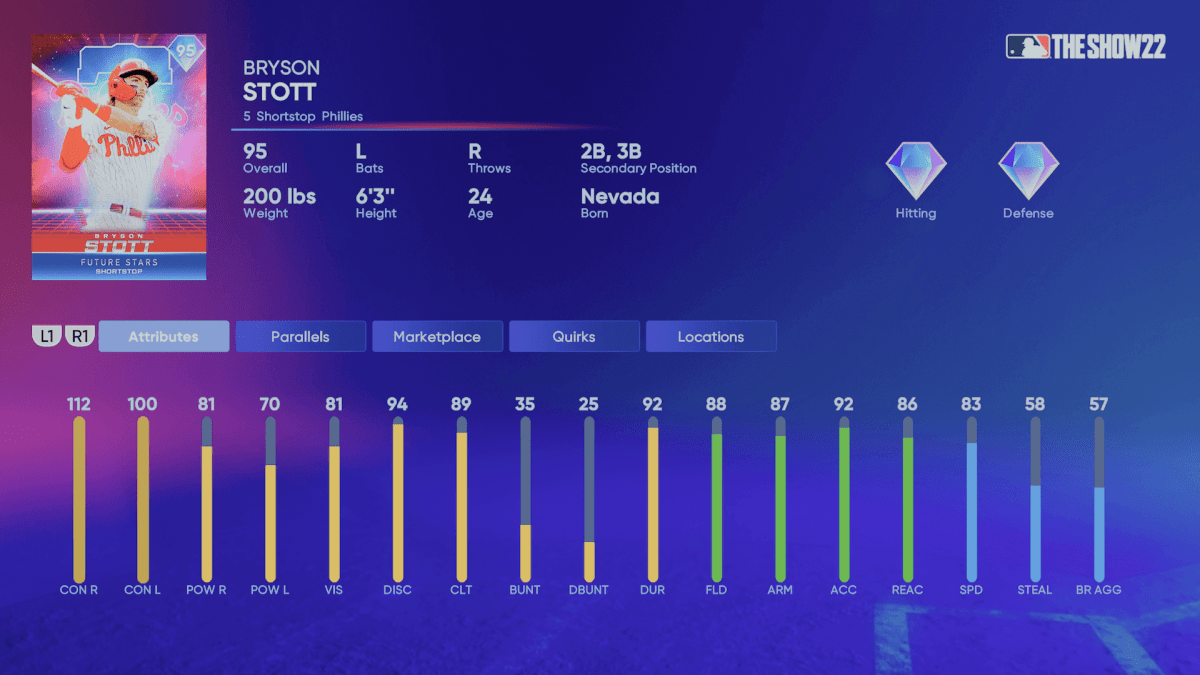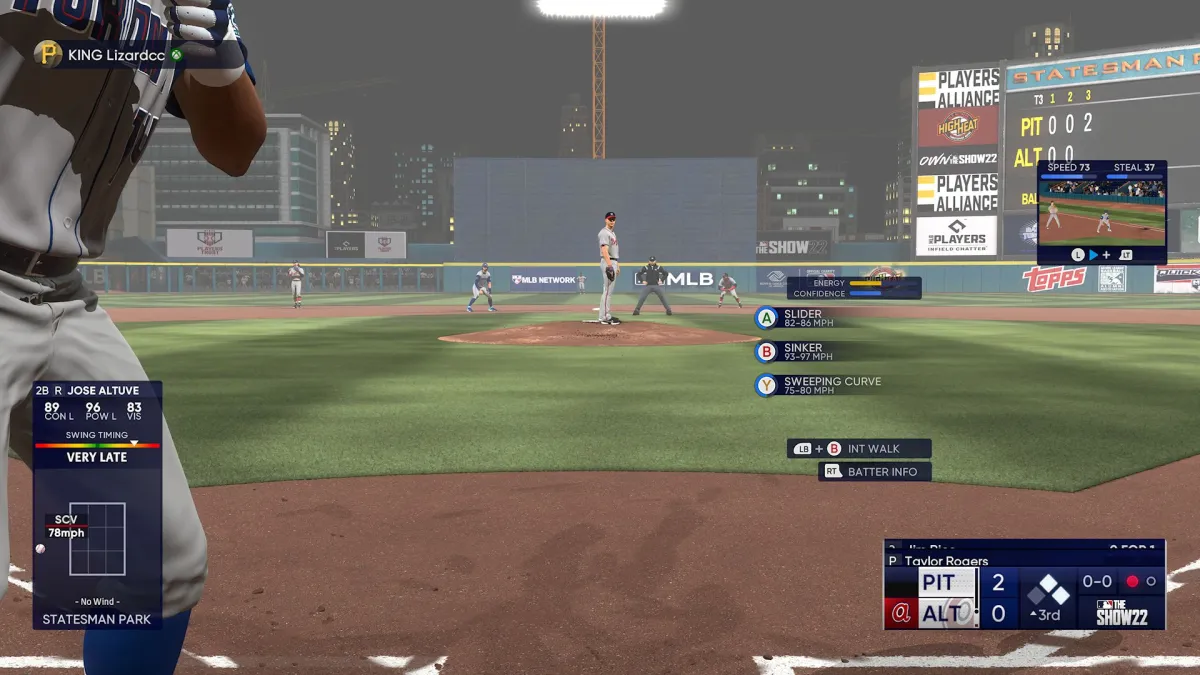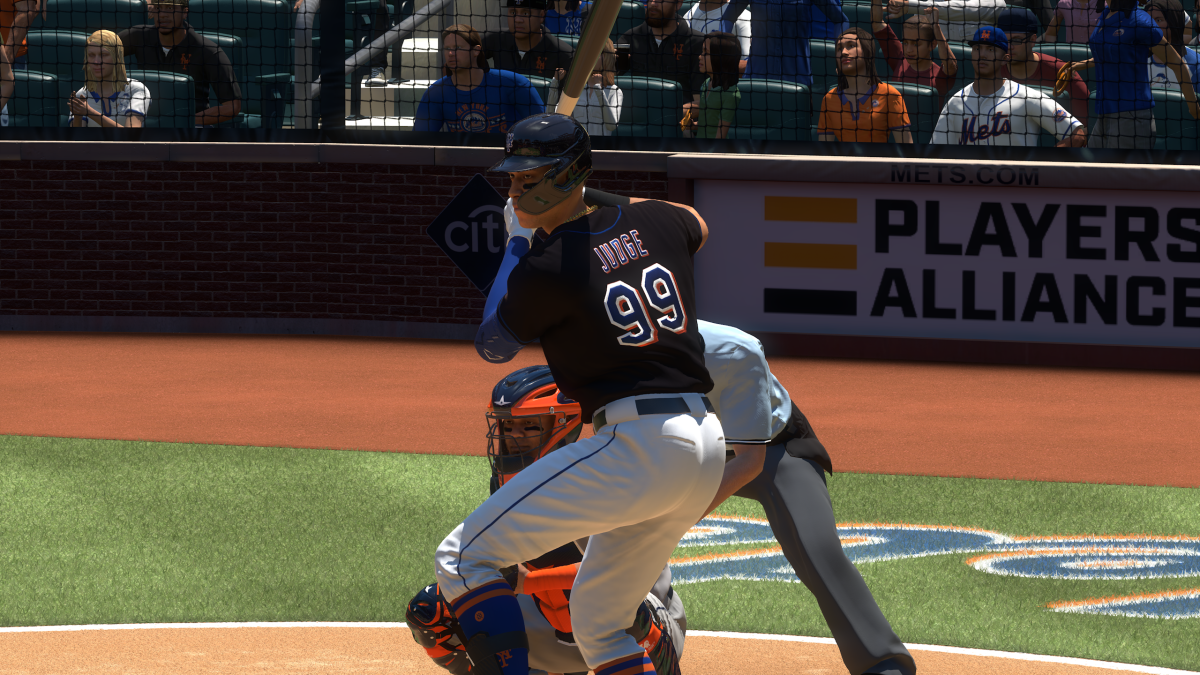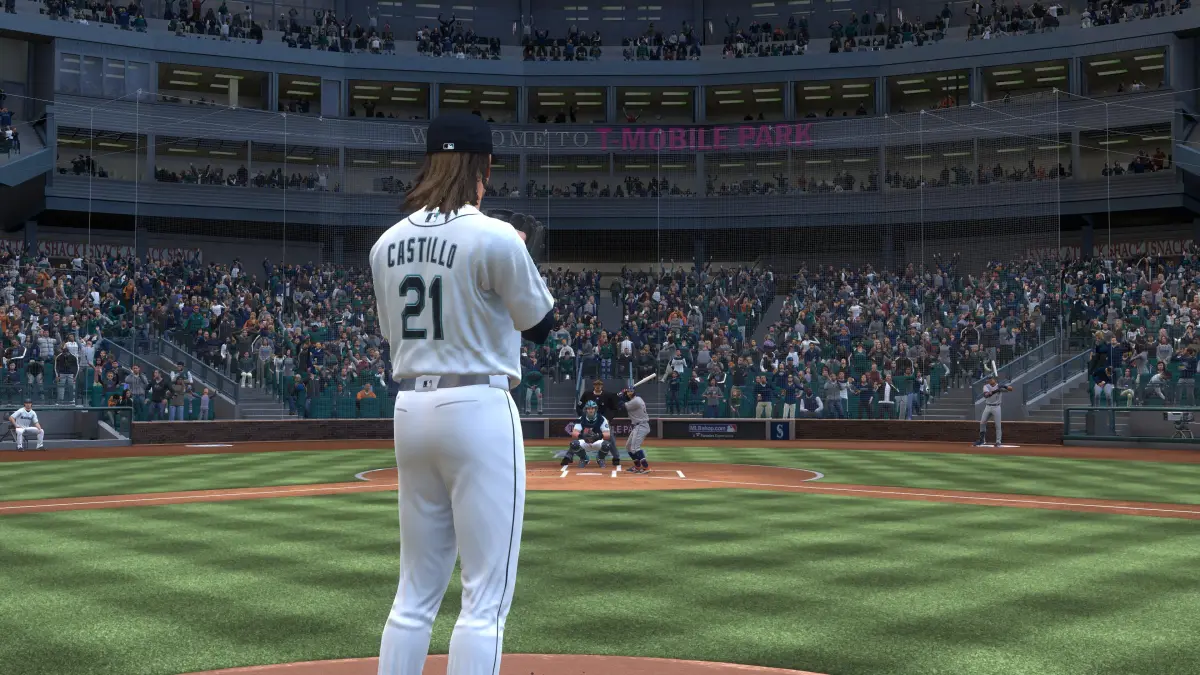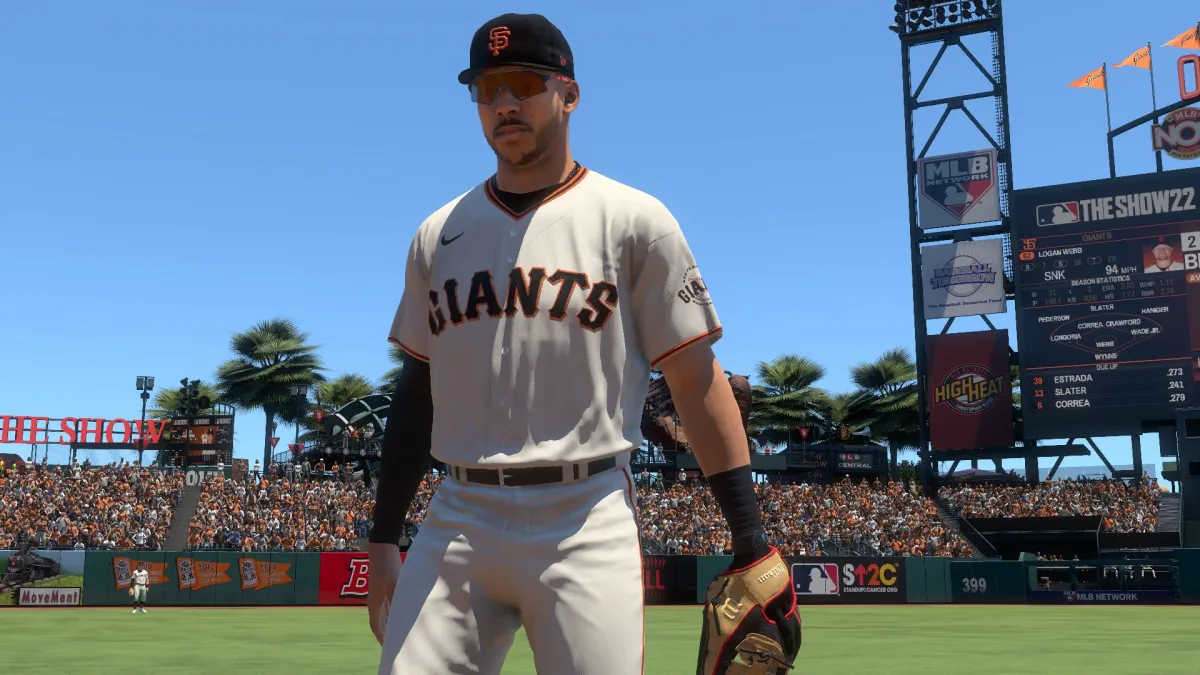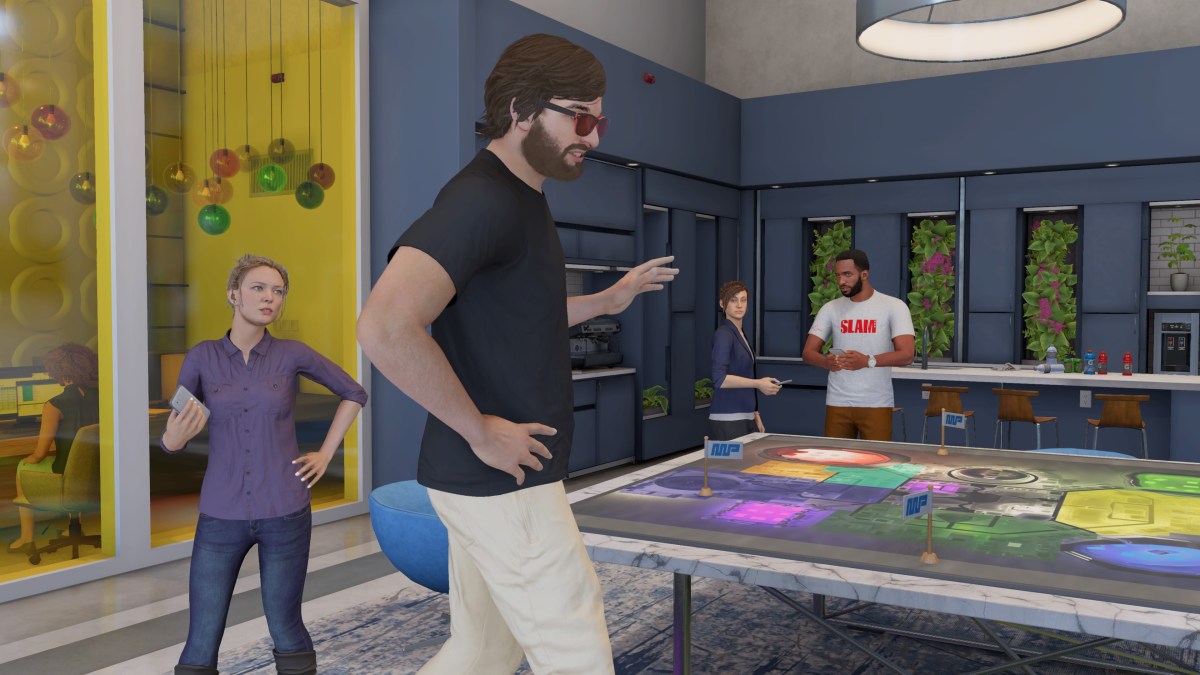Another month, another program in the books. Diamond Dynasty kept the content rolling with another massive program featuring 30 boss cards. As opposed to current-day stars of each respective team, the Future of the Franchise Program showcased up-and-coming prospects. The Future Stars series has been more prevalent over the last couple years and this program featured some of the best Future Stars to date. There’s also the fun dynamic of some of these players actually reaching MLB already. Players like Michael Harris II, Bryson Stott, Reid Detmers and Joey Bart among others are already big leaguers. So while it’s fun to see more “optimistic” cards featuring prospects at the low-levels, seeing similarly powerful versions of guys already in the bigs really shows that the future is now for many players and teams featured.
Future Of The Franchise Postmortem
Before I get into the program itself, I do want to take a minute to talk about the previous program as well.
The end of May saw the beginning of perhaps the most unique program in Diamond Dynasty history. A short, two-week program that featured a single boss: Roy Halladay. Normally I review the programs fairly soon upon completion, but the fast-paced style of this program made that a little tougher. But I thought this program was really a treat and wanted to make sure it got its due.
All things considered, this program played more like an extended player program like we’ve seen in the past. Centered around Doc, the program also featured a litany of lower-powered versions of Halladay’s former teammates. There really wasn’t anything in the way of roster building decisions or trying to figure out which card was better for the meta. Every single player that grinded out the program got the exact same cards. So there might not have been that exciting element that comes with new cards and programs, but this program essentially celebrated the life and career of Roy Halladay. And I think that was a really cool move by SDS.
We often get caught up in those meta comparisons and scrutinizing every card’s worth in the competitive sphere. Sometimes we lose the “fun” of what Diamond Dynasty ultimately is: fantasy baseball. Roy Halladay unfortunately passed away at a very young age after retirement and has long been one of the most requested Legends in DD. Not only did SDS deliver Halladay to the masses, they allowed Doc’s own son the chance to use him in-game and ultimately land the coveted 1-of-1 Parallel 5. Everything about this was incredible.
And in the end, everyone who reached Doc in the program landed themselves a decent SP for their squad. Interestingly, when SDS first revealed Doc’s Postseason card it was a 94 overall. Before the program launched, however, they updated the card to its current 95 overall version. I’m assuming they boosted his H/9 slightly because the card came stock with 106 H/9, which was very good for a SP.
Future So Bright
As for the more recent program, Future of the Franchise featured a smorgasbord of fairly balanced cards that could slot into any squad. Mirroring the Faces of the Franchise program from launch, players could ultimately earn 12 bosses just by playing and purchase the rest from the marketplace. One major change that was met with universal praise was the elimination of the random divisional packs. At the beginning of the year, the Faces of the Franchise program paid out randomized packs for each initial divisional pack. Only after earning those packs would you get to a choice pack where you could take the exact player you wanted. I didn’t mind that randomization because it added some “chance” and forced me into using cards I wouldn’t use otherwise. But I certainly understood the disinterest in random boss packs and it’s nice to see SDS pivot in this program.
Another interesting tidbit for the program is the fact that the cards are all 95 overall. The aforementioned Roy Halladay card from the previous program was also a 95. And even now, with a Takashi choice pack being released and the new Takashi bosses all being 96 overall, SDS has maintained their pacing with overalls. By this time last year, the 4th Inning Program was launching and featured all 99 overall bosses. We’ve only seen 99 overall bosses in the initial Live Series collections, and it stands to reason that they’re still a month away at minimum (or at least the All-Star Game). SDS could always just start unleashing them a week from now, but they’ve taken great care so far in managing the power creep and I hope they continue to do so.
With a healthy mix of positional variety, these Future Stars cards all fit seamlessly into the current power level of Diamond Dynasty. None of these cards felt out of place or even underpowered as often happens in these programs. Even the cards you would place toward the bottom of a power ranking were pretty good in their own right. Even someone like Brayan Bello that has a pretty bland pitch mix comes with 97 H/9 and throws absolute gas. While Bello probably shouldn’t have been anyone’s first choice from a competitive standpoint, if you did end up taking him I think he might be a bit more successful than he looks on paper.
Another major change to the program structure was another boost to the program reward path. SDS doubled down on last program’s improvement and stretched the Future of the Franchise path to a whopping 1,000,000 XP with tons of packs available past the 600,000 XP level. As the year goes on, especially as we get closer to player-base rival Madden‘s launch, SDS typically starts upping the ante with content and packs. The marketplace changes that went into effect might cause this summer to play out differently, but it’s around this time that we usually see the Live Series collection get a bit cheaper. As of this writing we’re in the middle of a flash sale that has offered up a Live Series diamond pack and I expect the market to continue to trend towards cheaper Live Series cards. It remains to be seen if the Mike Trouts of the world end up majorly tanking and making Randy Johnson significantly easier to obtain. But I do expect there to be some market movement, especially with the next big collection looming in the distance.
Cream Of The Crop
In lieu of a huge ranking of the Future Star cards, I’d like to highlight my five favorite cards from the program. Ultimately I feel these cards are all very similar in value and I’m not sure that a power ranking would really feel that special. But it’s always fun discussing the cards we do well with as the community at large always has such varied results.
5. Bobby Miller
This might be a controversial opinion (despite being top five) but I have Bobby Miller rounding out the list. One of the few pitchers with Outlier, Miller brings absolute fire from the mound with a pretty nasty slider and splitter to boot. There’s also the tasty 102 H/9 that comes stock. He features a sinker that is slow enough compared to the 4-seam that it almost acts like a hard changeup that can be utilized between the fastball and splitter to really keep hitters off balance. This card is absolutely nasty, but I found his windup to be fairly easy to read and his off-speed pitches are all close enough in speed that this card can really struggle against opponents that can time a fastball. This is still a very good and usable card that is safe in many rotations, but I recommend utilizing that sinker more than you might with an Outlier pitcher.
4. Jackson Jobe
My favorite pitcher from the program, Jobe comes at you with a primary slider that can be located just about anywhere in and out of the zone. Anytime a pitcher has a primary off-speed pitch, it unlocks many different avenues with tunneling and sequencing, and Jobe is a delight to spin on the mound. He throws fairly hard and that combined with his very slow off-speed offerings can really keep your opponent off-balance. His secret weapon is the circle change, which is not only very slow with a 15+ MPH speed differential from the fastball, but it has a ton of vertical drop that is very difficult to time. Even a skilled hitter will have trouble recognizing Jobe’s pitches if you’re changing locations and speeds well enough. Where Bobby Miller is easier to pilot on the mound, shoving Outlier fastballs down the throats of unsuspecting hitters and simply overpowering, Jobe is more of a specialty pitcher that can slice and dice his way through a lineup. Don’t be discouraged if you get hit around, really work on your tunneling and sequencing and I think you’ll really enjoy this card.
3. Michael Toglia
A switch-hitting, power-hitting 1B with diamond defense? Yes, please. The easiest way to sum up Toglia for me is to call him Eddie Murray-lite. Where Murray usually brings elite contact into the picture with the power and defense, Toglia will end up on the lower end of the contact spectrum. Even at Parallel 5, Toglia will have sub-90 contact versus righties. But in a lefty-heavy meta, 97 contact and 112 power will certainly play. The diamond defense is a nice bonus, but as usual, defense really doesn’t matter in the corners. If common fielding Frank Thomas is going to auto-dive and knock down anything within 10 feet of the bag, focusing on diamond defense really shouldn’t be a priority. Still, being able to carry a 99 overall defender always feels nice and P4 Toglia will get you that. This card is an absolute monster on All-Star difficulty and will hit plenty of bombs for you. And for those who really value the switch-hitting, this is a card that could start for you for a very long time.
2. Austin Martin
If Michael Toglia is Eddie Murray, then Austin Martin is Trea Turner. One of the most popular cards in MLB The Show 21 was the All-Star Game Trea Turner that dropped in Team Affinity 3. And while Martin’s attributes aren’t quite on the same level, they’re quite comparable overall. Turner is obviously much faster, as he’s routinely a 99 speed guy, but Martin’s 82 stock speed is still quite good. Martin’s contact skills are almost identical when P5’d while lacking in the power department compared to Turner. Where Martin is actually superior is defense. A CF by trade, Martin has secondaries at 3B, SS, LF, and RF which is actually more versatility than Turner offered. Stock 80 fielding will make Martin a silver defender at each secondary, already a couple points higher than Turner at his best. And at that magical P5 level, Martin will be a gold defender everywhere. A great swing also helps carry this card to the number two spot on this list.
1. Justin Foscue
Saving the best for last, Justin Foscue is far and away my favorite card from the program. This card rakes. Every once in a while I’ll get a hold of a card that just annihilates every pitch it makes contact with. That’s Justin Foscue. With massive power for a 2B, Foscue also brings enough versatility to play on the left side of the infield. His 46 speeds makes him a tough sell at SS for me where I value speed, but I really think this card can fit comfortably at 3B and hold his weight. During a BR run after the program dropped, I ended up with Foscue and his first three hits were all massive HRs for me. He consistently generates huge exit velos and hits missiles in the gaps and over the wall on the regular. Skilled enough defensively to be comfortable at 2B, Foscue’s elite offensive attributes make him the best card in this program.
Bottom Line
The Future of the Franchise program delivered the goods and brought 30 top-tier cards to DD. Whether you stick to team loyalty with your favorite team’s prospects, or you dabble across the board thanks to the versatility in the program, there was something here for everyone. No matter how good your DD squad is, there’s absolutely room to add these Future Star cards and reap the benefits.
If you’re a hardcore player that blew past the usual XP thresholds, you were rewarded with a ton of free packs for your trouble thanks to the expanded program. At this point, programs are what they are and SDS is continuing to do well with the new structure. With more premium packs being added regularly, inclusion in the respective program paths will also help keep cards relatively affordable and allows players to have total control over their roster building.
We’ve moved into the next program with Sizzling Summer taking us to the All-Star break. I would expect another All-Star Game program similar to last year, which should give us another huge drop of exceptional cards. My only hope is that they aren’t all basically endgame cards like Team Affinity 3 last year. As long as SDS keeps the overalls and attributes in check, then we should continue to see Diamond Dynasty’s content prosper through the summer.
How did you feel about the Future of the Franchise program? Who were your favorite cards? Which prospects were excluded that you hope to see in the future?


